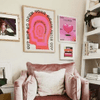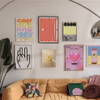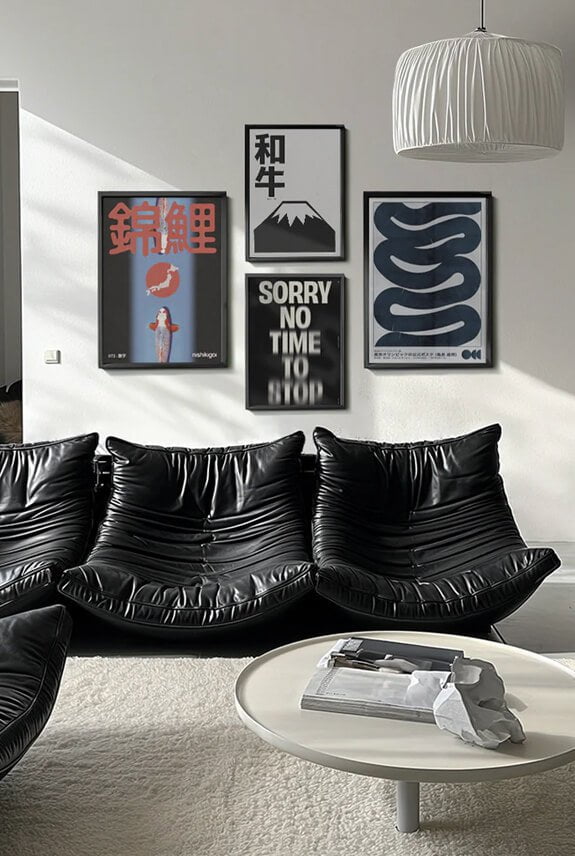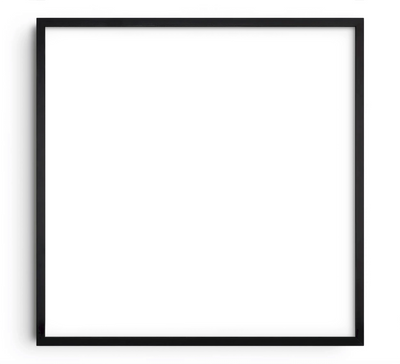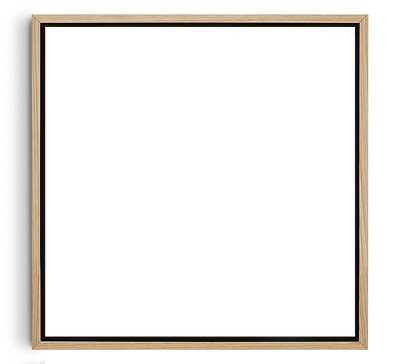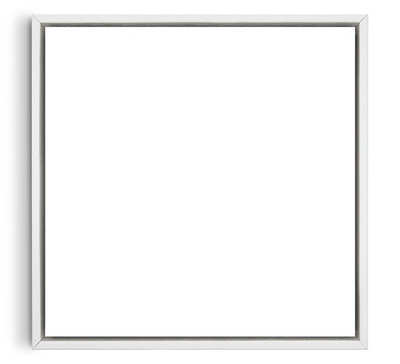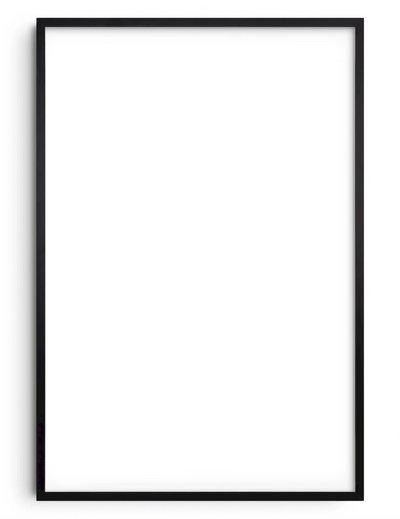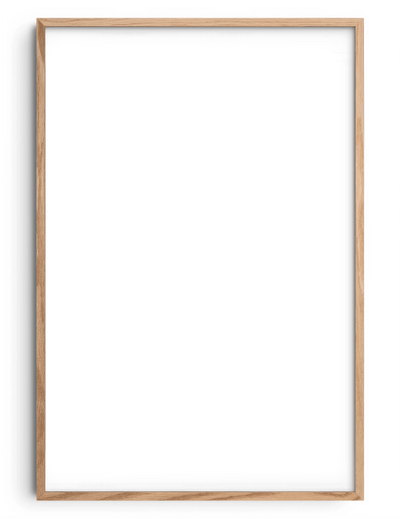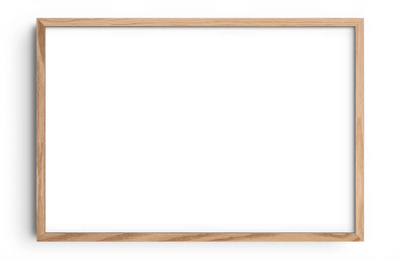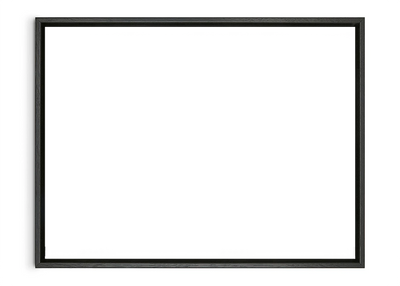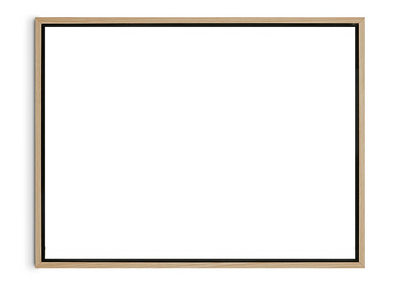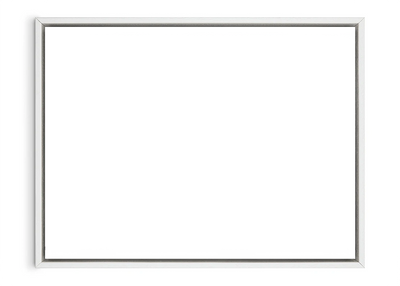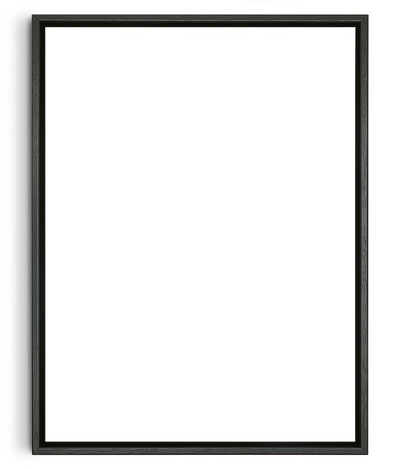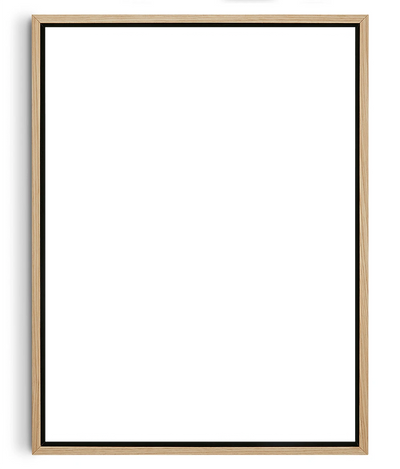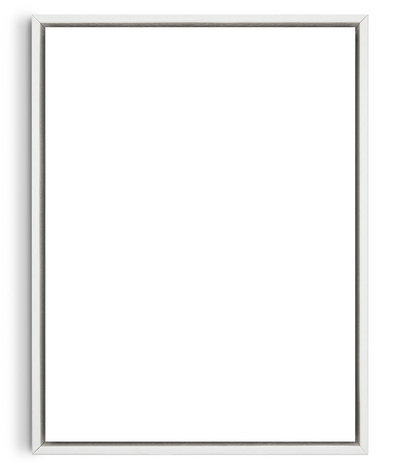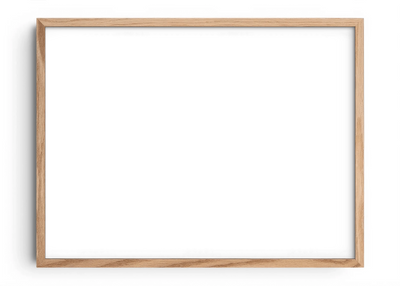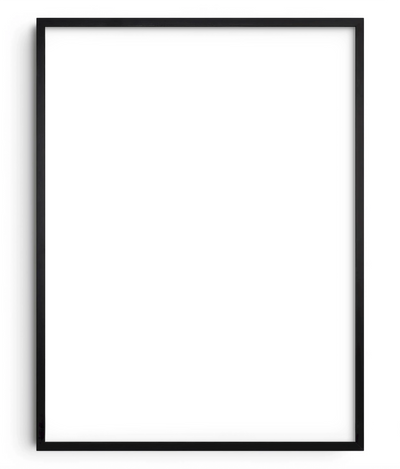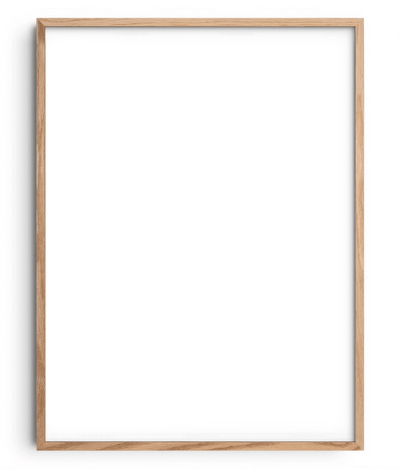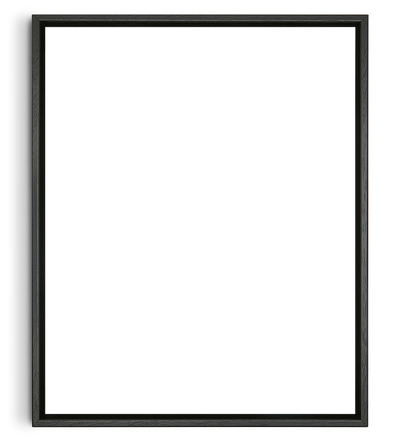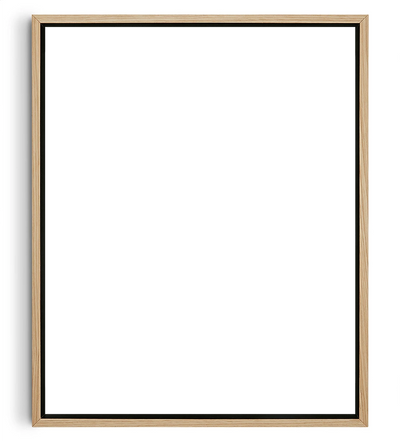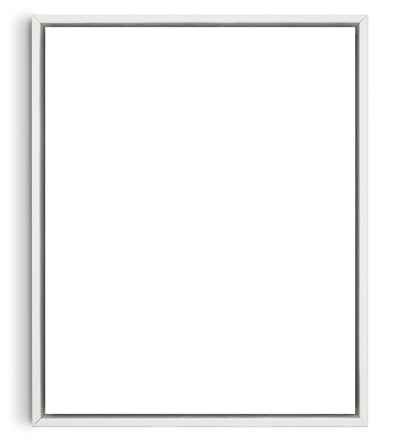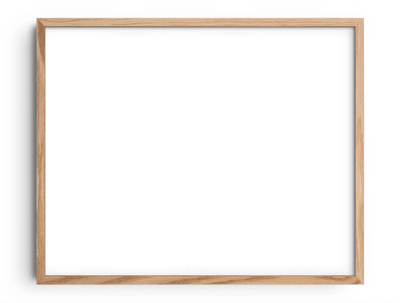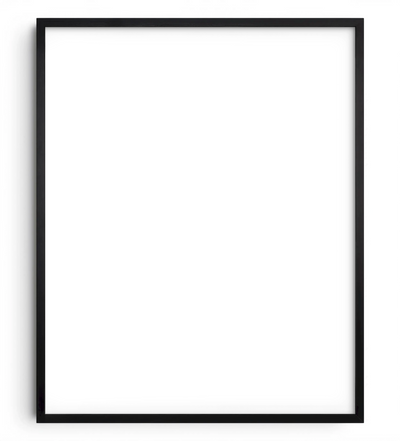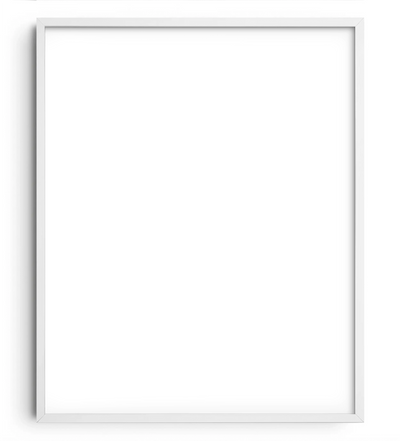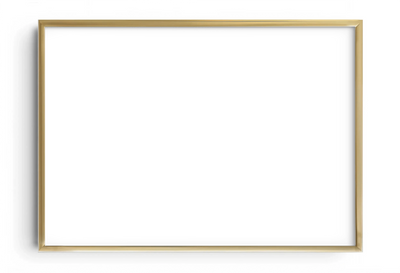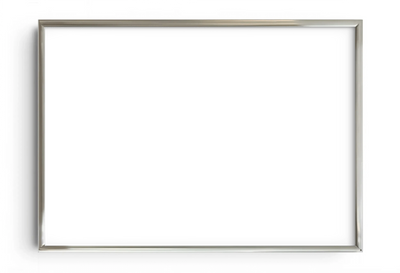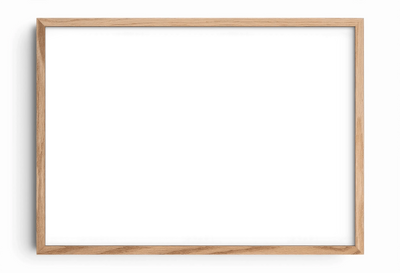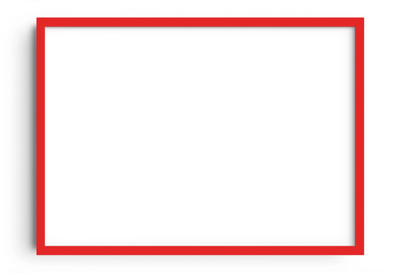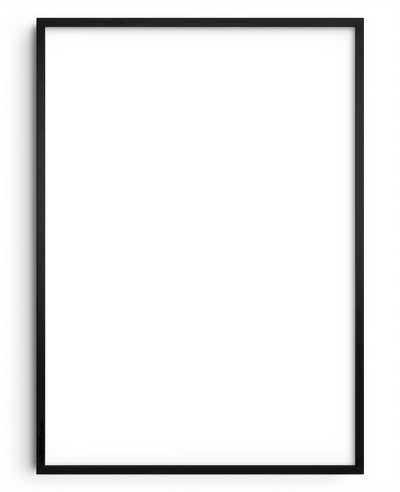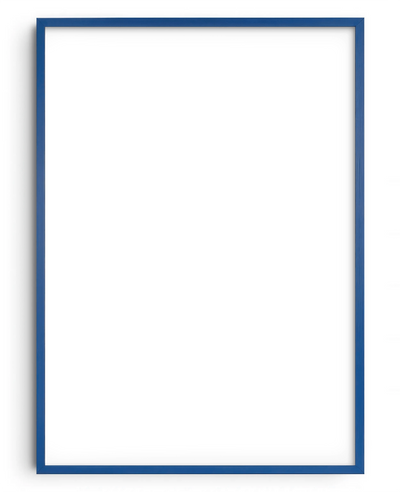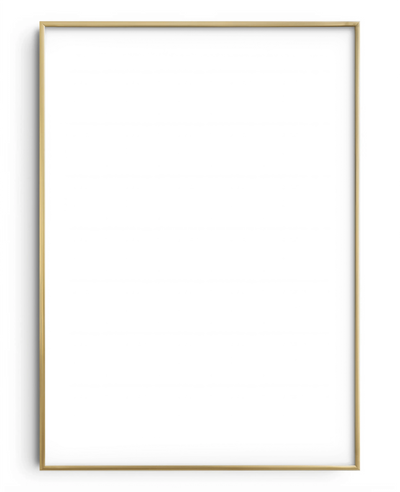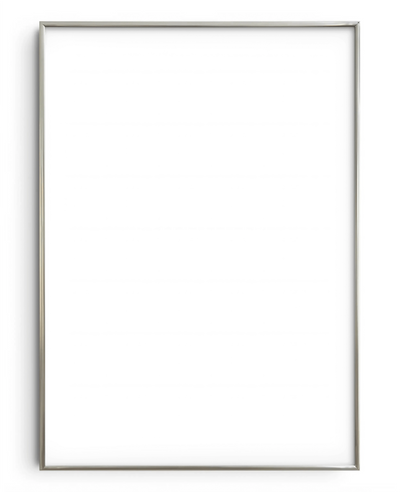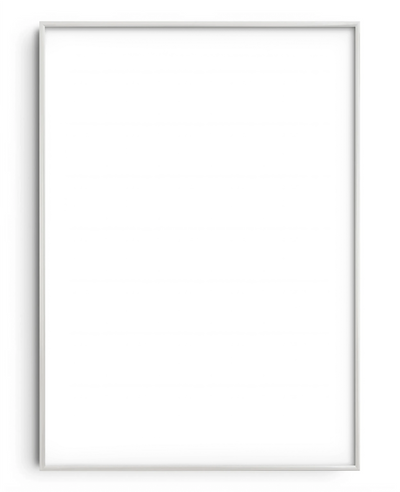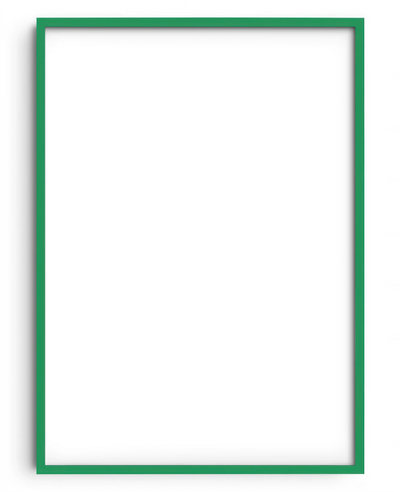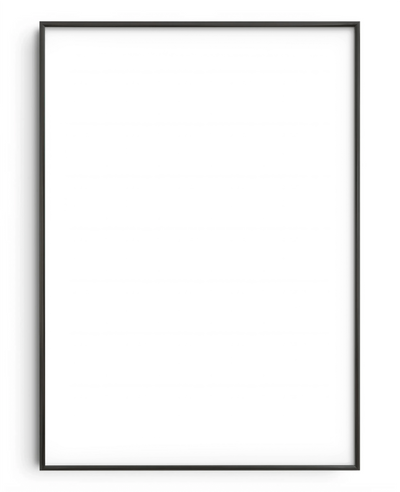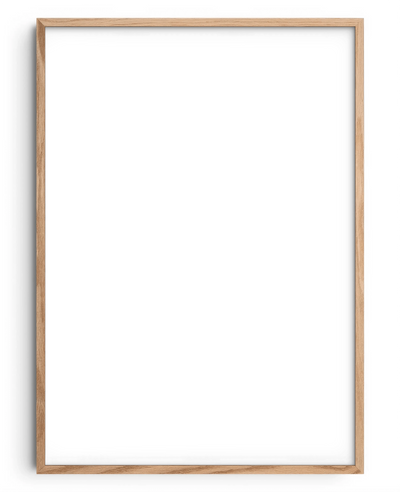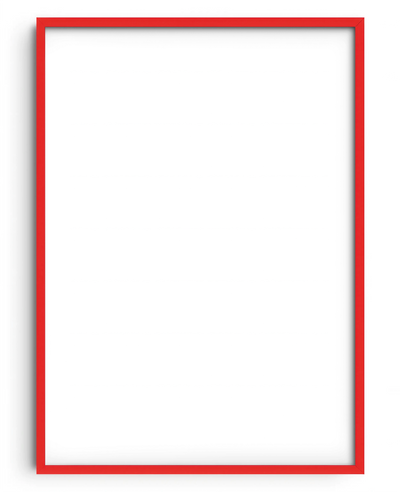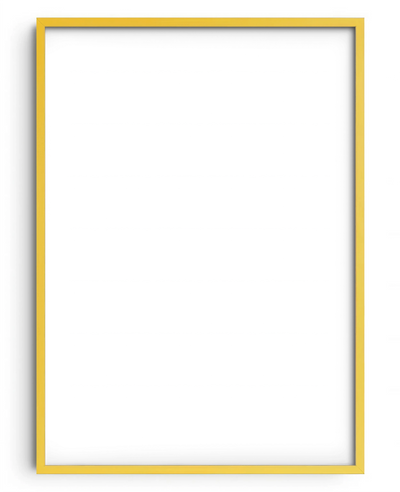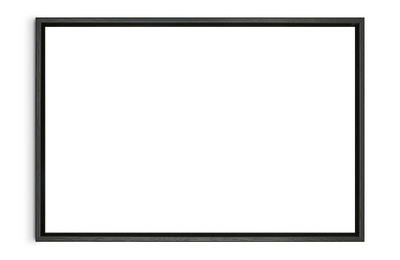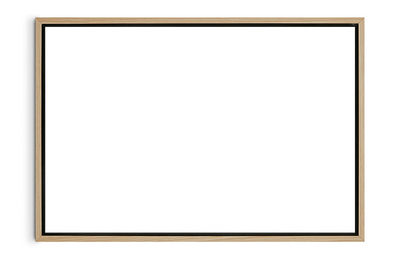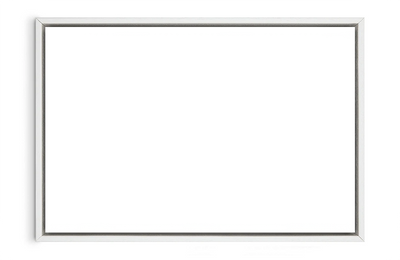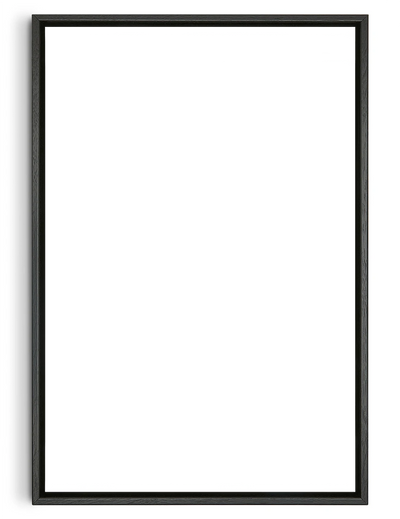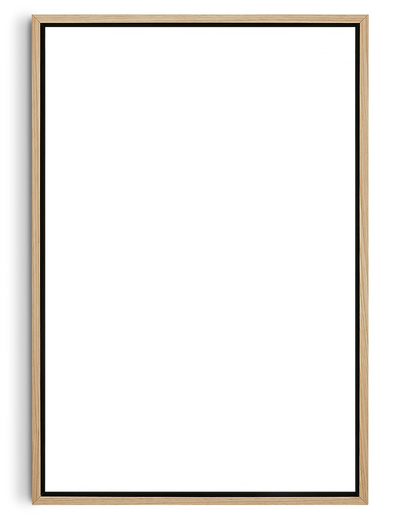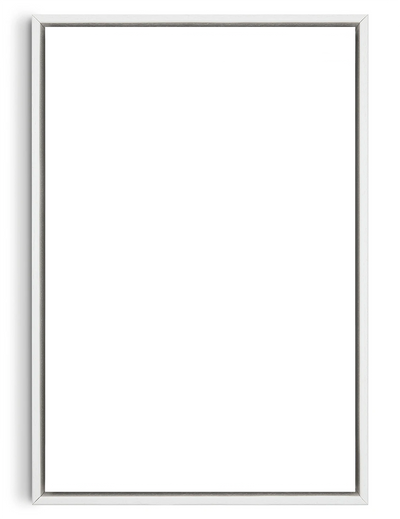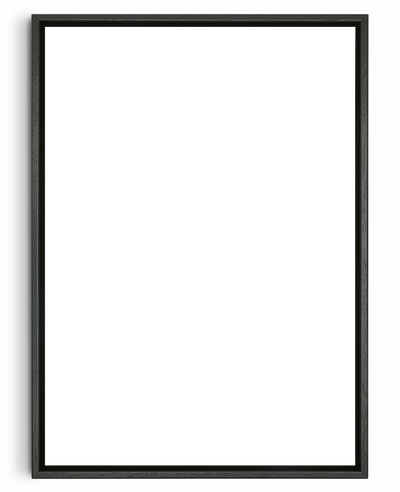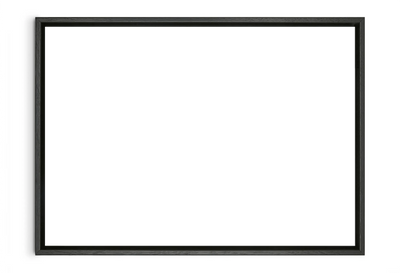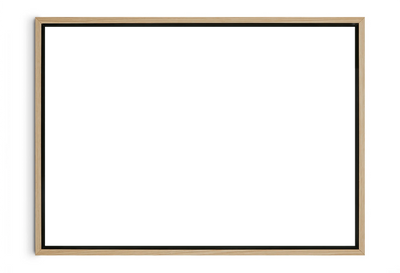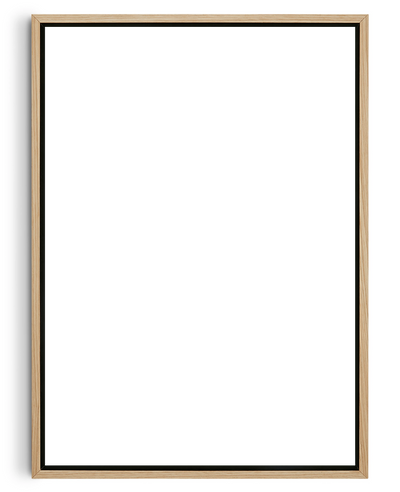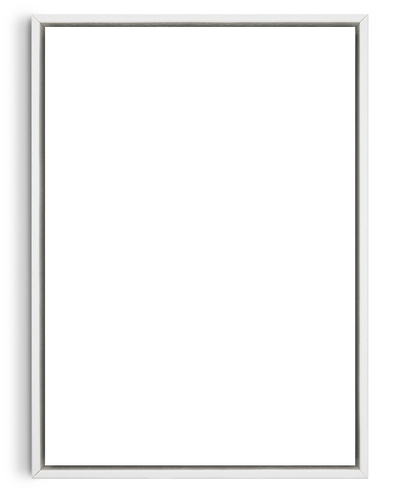It's all about art with emotion. As it’s a no-brainer to plan out your space to convey your mood. Some people are naturally bright and bubbly, whereas others might prefer a sombre outlook. Choosing decor to reflect your taste and personality is a sure fire way to synchronise your mood and creativity. Art with emotion can help you to feel a certain way

Art has the ability to evoke emotions, bring up memories, provide escapism, and create a sense of connection with others, all of which can have a big impact on mood. Different types of art can bring about different moods, and selecting the right art to match your current feelings can have a powerful impact on your emotional state
Colour
Colour is one of the most important elements in art and plays a significant role in influencing mood. Different colours can evoke different emotions, with warm colours such as red, yellow, and orange evoking feelings of excitement, warmth, and energy, while cool colours such as blue, green, and purple can evoke feelings of calm, serenity, and peace. In art, the use of colour can also convey moods, such as sadness, anger, or happiness, depending on the artist’s intention
Composition
The composition of a piece of art, including the arrangement of shapes, lines, and spaces, can also impact mood. For example, the use of geometric shapes can convey a sense of stability, while the use of organic shapes can bring about feelings of comfort and relaxation. Not forgetting, the use of lines and patterns can also impact mood, with jagged lines evoking feelings of tension, and curved lines summoning feelings of tranquillity
Subject matter
The subject matter of a piece of art could have an impact on mood. For example, a painting of a peaceful landscape can evoke feelings of peace and serenity, while a painting of a battle scene can evoke feelings of tension and conflict
Personal feelings
Art has the ability to bring memories and associations to the surface which can impact mood. For example, a painting of a childhood home can recall feelings of nostalgia and comfort, while a painting of a traumatic event can induce feelings of distress. If you want to feel introspective and thoughtful, you might enjoy looking at more realistic or representational pieces of art that allow you to really focus on the details and meaning behind the artwork
Art can also provide a form of escapism, allowing people to escape from the stress and worries of daily life. Subject matter, composition and even the size of the artwork can all impact escapism
It’s important that the mood of your art also matches the feel of your colour scheme and decor. Think deeply about what kind of vibe you want to portray and how to make sure each element is balanced and not overwhelming. Here at DROOL, we’ve narrowed down different artworks for different moods. This is what you call art with emotion
Ultimately, the ideal art for you will depend on your personal preferences and the mood you are trying to express. Experiment with different types of art and see what works best for you here






















